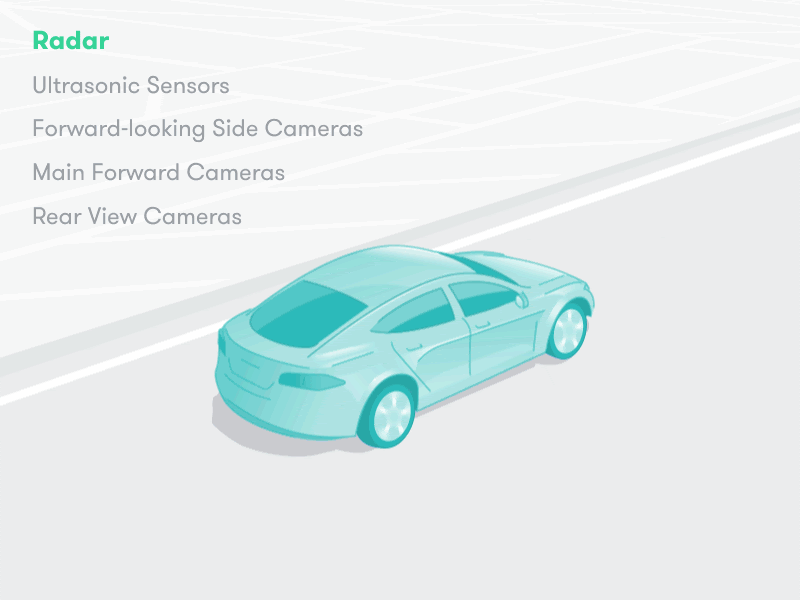The Future of Autonomous Vehicles

Back in 2019, at Tesla’s “Autonomy Day”, CEO Elon Musk told an excited crowd he anticipated that in just one year (meaning 2020), there would be “a million cars with full self-driving, software, everything”.
Herbie and Transformers notwithstanding, fully-autonomous vehicles (AVs) have not materialized and look to have an uncertain future ahead.
Background: There has been an uptick in, shall we say, not positive news about AVs recently. Last month, General Motors ceased its operations of driverless cars in California after the state issued a ban on the company’s Cruise vehicles. The government cited a risk to the public following several accidents with its vehicles.
This came after San Francisco approved permits for Waymo (owned by Alphabet) and Cruise (mostly owned by GM) to run their “robotaxis” day and night. Prior to this, Waymo only offered rides to its employees and Cruise robotaxis only ran at night.
Instead of AVs getting closer to Bumblebee, California said bumble-bye.

Austin and Phoenix are now the only remaining US cities that still allow robotaxis to operate.
Differing views: Feelings are mixed about the technology. Protests have popped up across the US over the last year, with the aim of stopping or slowing the rollout of driverless cars. Concerns about both safety and their potential to increase car usage have gained in popularity amongst the protestors. But there are other views.
Many disability advocates have long supported driverless cars, saying they’ll allow for increased accessibility and independence. People with disabilities often face mobility challenges stemming from the reliance on public transport or friends and family, something AVs could help overcome.
But how close are we to having fully autonomous cars?
To start, there are 5 different levels of automation, according to the Society of Automotive Engineers:
- Level 0, no driver assistance: This is essentially your grandpa’s 1980s Buick.
- Level 1, driver assistance: Includes features that are in most cars today, such as adaptive cruise control and lane assist, but a human driver is still doing the driving.
- Level 2, partial automation: The car could steer and accelerate, though needs a human to monitor at all times. Tesla’s Autopilot is at this level.
- Level 3, conditional automation: The car can detect its environment and drive itself within certain conditions, though a human must be available to take over if need be.
- Level 4, high automation: The car can drive itself within certain conditions, and a human does not need to intervene.
- Level 5, fully autonomous: Herbie, fully loaded.
En route: There is momentum behind autonomous vehicles, with many companies having invested heavily into their development. Many new cars today already have some features of automation, with the most advanced having between level 2 and level 3.
It’s estimated that by 2040 a majority of cars will have some level of automation.
Outlook for passenger vehicle sales by level of automation
millions of vehicles

The market for AVs is expected to grow ten-fold, from $40 billion today to $300-400 billion by 2035, as more consumers are open to paying more for these features.
Apart from the obviously cool chance to play out our favourite Knight Rider episodes, key questions remain unanswered, including how they will impact the environment.
Sustainability
Private cars and vans contribute 10 percent of the world’s greenhouse gas emissions and use one quarter of the world’s oil production. There have been several studies on how autonomous vehicles would impact emissions, though the results are conflicting.
Projected fuel consumption impact from AV adoption
percentage change

The positives: According to a study published in the International Journal of Environmental Research and Public Health, the biggest drivers (heh) in AVs reducing energy consumption would come from eco-driving, platooning, and vehicle right-size.
- For reference, eco-driving is energy-efficient, non-aggressive driving; platooning reduces drag by grouping vehicles together like a giant Tour de France peloton; and vehicle right-sizing is determining the optimal vehicle size and type for a specific purpose or use.
Sounds like we’re in for another rise in the Smart Car.
The downsides: Those reductions in emissions could be offset by the potential increased use of vehicles, as consumers may be more likely to use cars over other eco-friendly alternatives like transit and biking. Not to mention all the computing power needed to run all those AVs could also increase emissions.
- Researchers at MIT found that the data centres needed to power a fleet of 1 billion autonomous vehicles would use the same energy as all of today’s data centres around the world combined.
Zoom out: Most automakers have committed to increasing automation in their vehicles, but the biggest priority for consumers is safety. So regulations will continue to have a major impact on the potential growth of AVs.
In some positive news, a ruling yesterday found Tesla’s autopilot feature was not responsible for a fatal crash in 2019. So while we may not see an era of Lightning McQueen and Mater in the immediate future, this decision brings some hope for car makers on the future of AVs.




